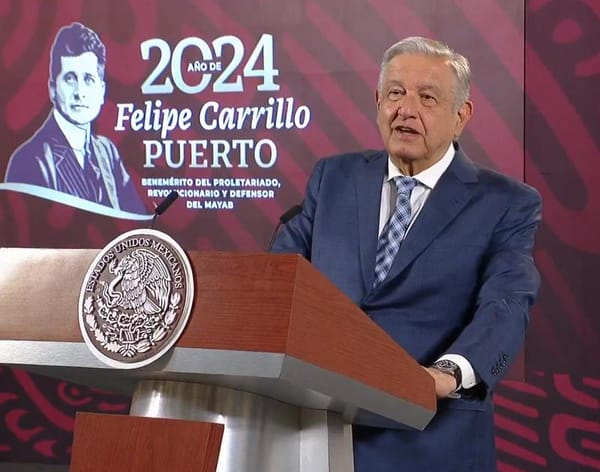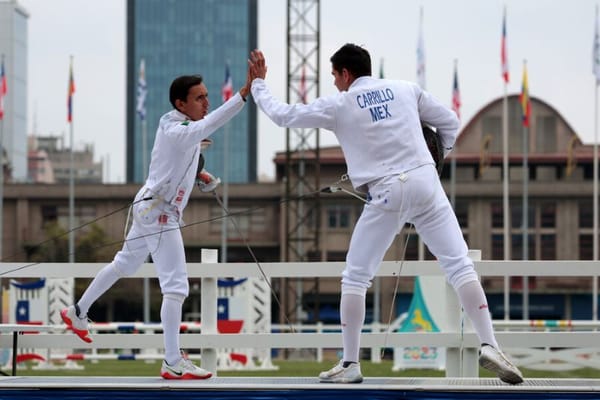Portrait of society: the sculpture of the Mexica people
In their sculptural production, the Mexica used the human figure as a fundamental artistic pattern, with which they achieved a portrait of their society. Through the monumental stone sculptures, it is possible to identify with indigenous ancestors who established the foundations of nationality.
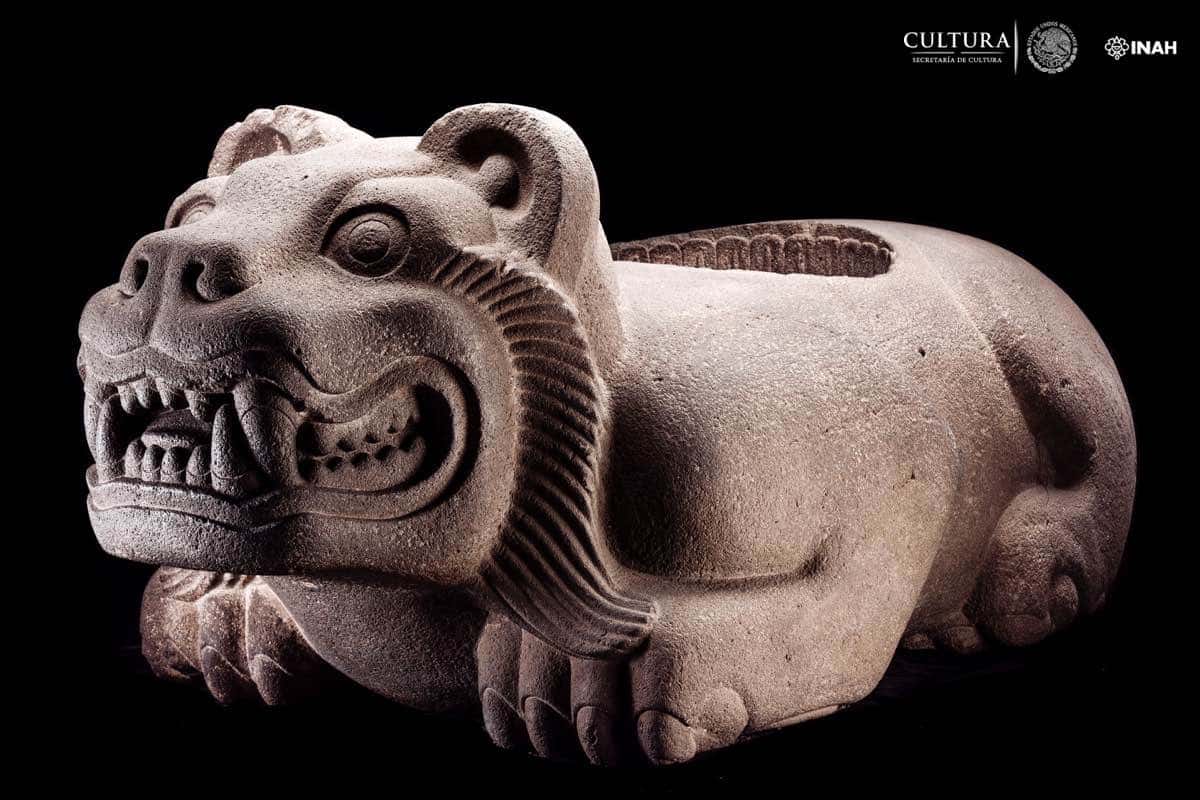
The din of the struggle that the Mexica held against the European invaders to safeguard the integrity of their capital city still seems to be heard; it was the year 1521 AD. In the last century, the entire Mesoamerican territory had watched in amazement the dazzling rise to power of the Mexica from the humble and simple foundation of Mexico-Tenochtitlan in 1325 AD.
Likewise, it had witnessed how -through their skill in warfare, their military astuteness, and the sense of greatness and power that their first leaders had imbued in them- they obtained as a result, first their political independence, freeing themselves from the dominion of Atzcapotzalco and later, the establishment of a militaristic state through the conquest not only of neighboring towns but also of those located in distant burial sites.
The supreme hierarch of this state was the Tlatoani or lord. There were eleven of them who ruled in succession from Acamapichtl the first to Cuauhtémoc the last, who died sacrificed after having defended with all his strength the inheritance of his parents and grandparents.
According to the historical versions that we preserve of these people, we know that they had to face many difficulties to build in a muddy terrain located in the middle of the lakes; however, their faith in their destiny and their tenacity, led them to create an island city, which together with its neighbor Tlaltelolco acquired its characteristic and spectacular physiognomy. These island cities were connected to the mainland by roads that were ingeniously built in the middle of the lakes.
The Mexica lords recreated the mythical universe by elaborating a regulatory plan of their city, dividing the land into sectors corresponding to the four directions of the universe. These four divisions or neighborhoods served to accommodate the calpullis, the basic social cells of Mexica society.
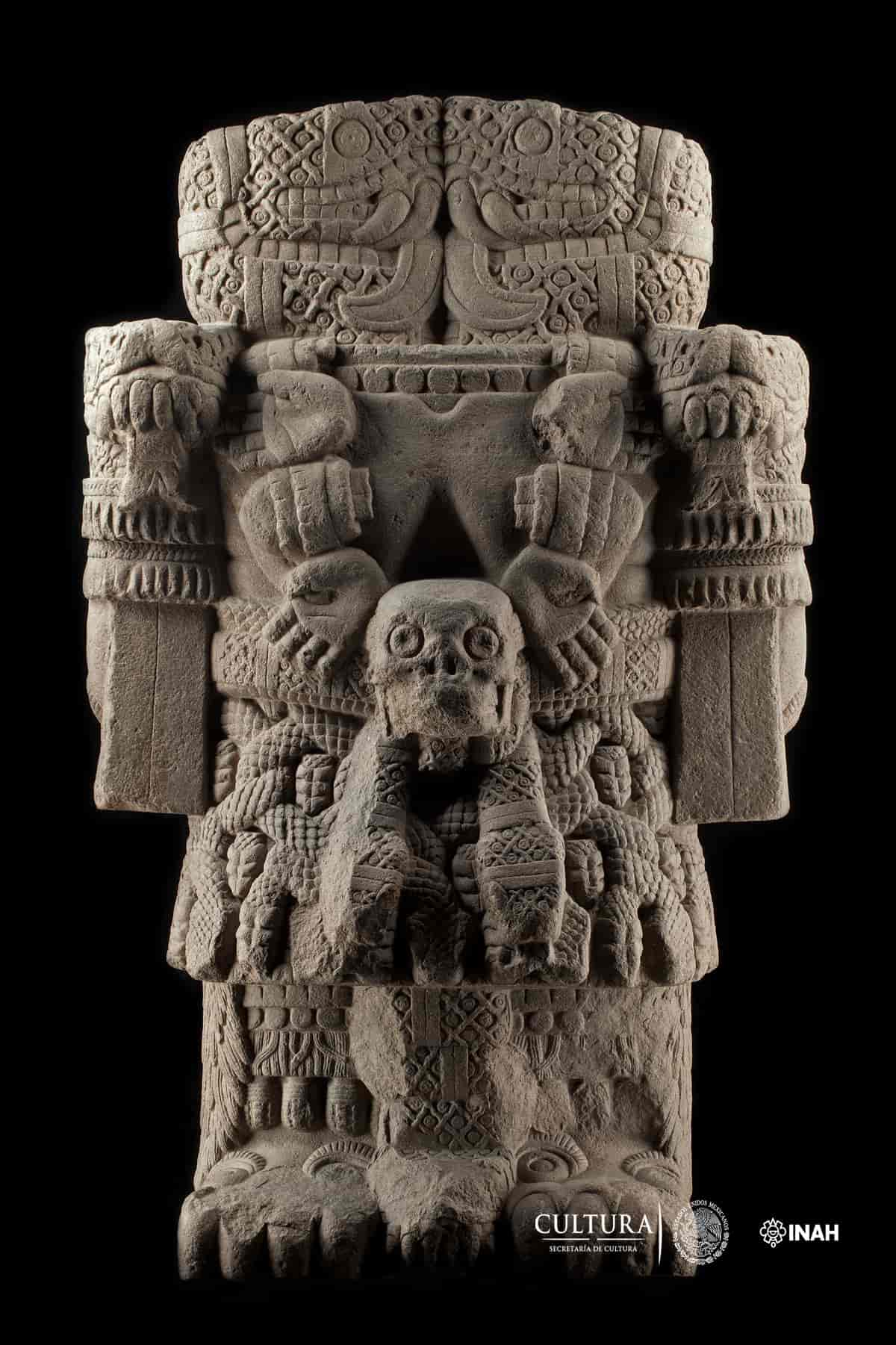
In the center of the city, they built the constructions of greater hierarchy, its ceremonial enclosure, and the headquarters and habitation of the leading group that would be equivalent to what we know as palaces. As far as the ritual space is concerned, it is considered that it was an enormous quadrangular patio measuring more than 400 meters on each side, it was delimited by a wall made up of snakeheads called coatepantli, which had three entrances from where the aforementioned causeways started.
That extraordinary city was destroyed in the war of conquest commanded by Hernán Cortés, who finally took it with blood and fire on August 13, 1521. Although in recent times the archaeological remains of the Templo Mayor have been rescued, giving us an idea of the imposing construction and its symbolism, it is fundamentally through its sculptural legacy that we can approach the artistic sensitivity, the impeccable technical skill, and the extraordinary plastic style imposed by this people in their time.
The collection of Mexica sculptures of the National Museum of Anthropology is undoubtedly the richest, not only because of the number of specimens it possesses but also because many of them, almost all of those exhibited in the Mexica room, can be considered masterpieces of the artists of the Mexica people.
In the first place, the set of monoliths that have a ritual character related to the dominion and power of the People of the Sun stand out: the Coatlicue and the Stone of the Sun. They also created architectural models such as the teocalli: of the Sacred War where the sculptors, through a fine relief, represented the dominion of the Sun in the universe, its god Huitzilopochtli and the image most appreciated by all Mexicans, the eagle standing on a nopal cactus and launching the cry of the flowery war.
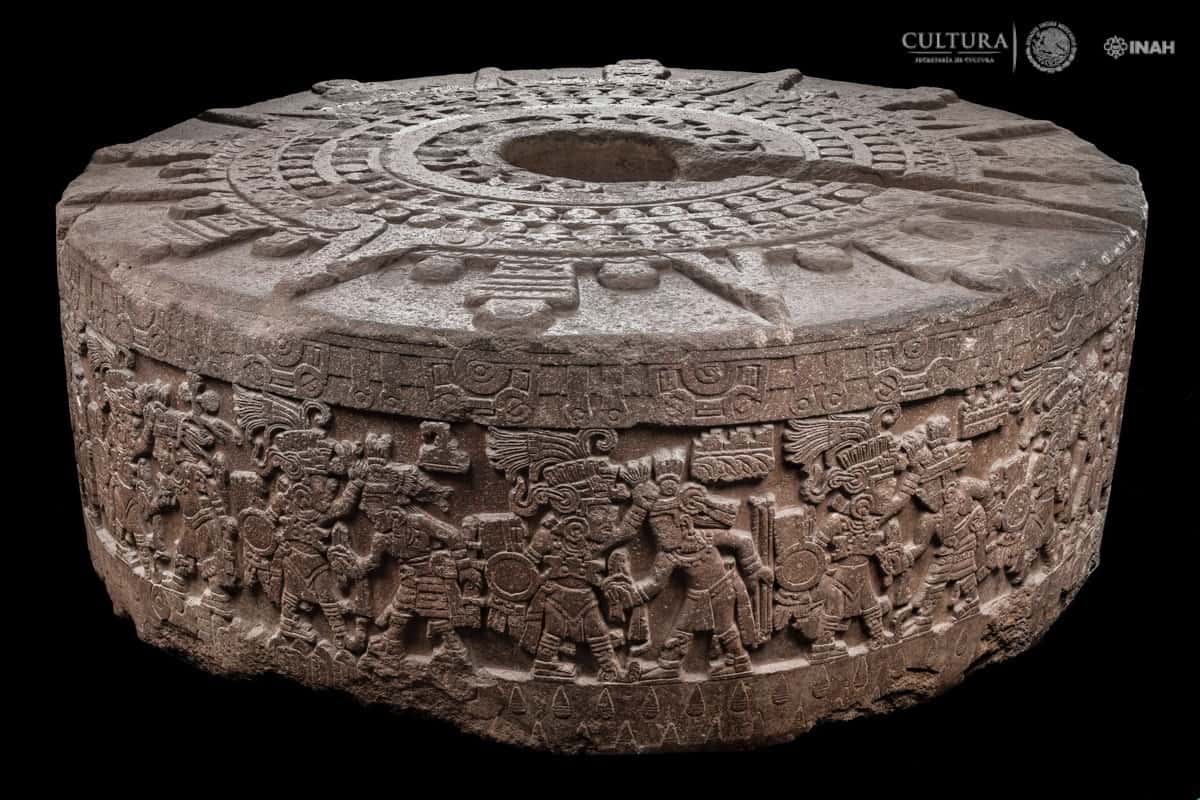
The Mexica created a monument that has no precedent in all Mesoamerican pre-Hispanic art: a cylindrical monolith on whose upper face they carved the relief of the Sun and on the curved surface they represented the conquests of the main towns that were defeated, one by one, by the powerful armies of Tenochtitlan. We know that these stone creations were called temalacatl-cuauhxicalli and served as altars where the encounters between prisoners and victorious warriors took place; there the human sacrifice and the flaying of the victims took place.
With this historical character were carved the Stone of Tizoc and the new cuauhxicalli of Moctezuma Ilhuicamina, which came to the room in 1989 as a result of its discovery in the foundations of the old archbishop's palace in Mexico City. The Stone of the Sun, a monolith that predominated over the Fifth Sun Olli-Tonatiuh as the sun that illuminated them (and before which there had been four previous suns in an unfinished temalacatl), is the most famous and appreciated Mexica sculpture of pre-Hispanic Mexican times.
It was very important for the Mexica leaders to leave a testimony of their existence on earth, that is why they successively rebuilt their Templo Mayor (Great Temple) and decorated it with human sculptures and war animals: serpents, eagles, and jaguars; they also carved tombstones with commemorative calendrical dates and on them were inscribed images of the tlatoanis and their feats of conquest.
The Mexica used the monumental sculpture also as a vehicle for teaching their myths and religious legends, there is present Coyolxauhqui, who was defeated by her brother Huitzilopochtli, the sun king, who decapitated her, making the darkness flee forever. This is the mythical background of the monumental head of the lunar goddess, whose name derives from the bells on her cheeks, which today is the pride of the Templo Mayor Museum.
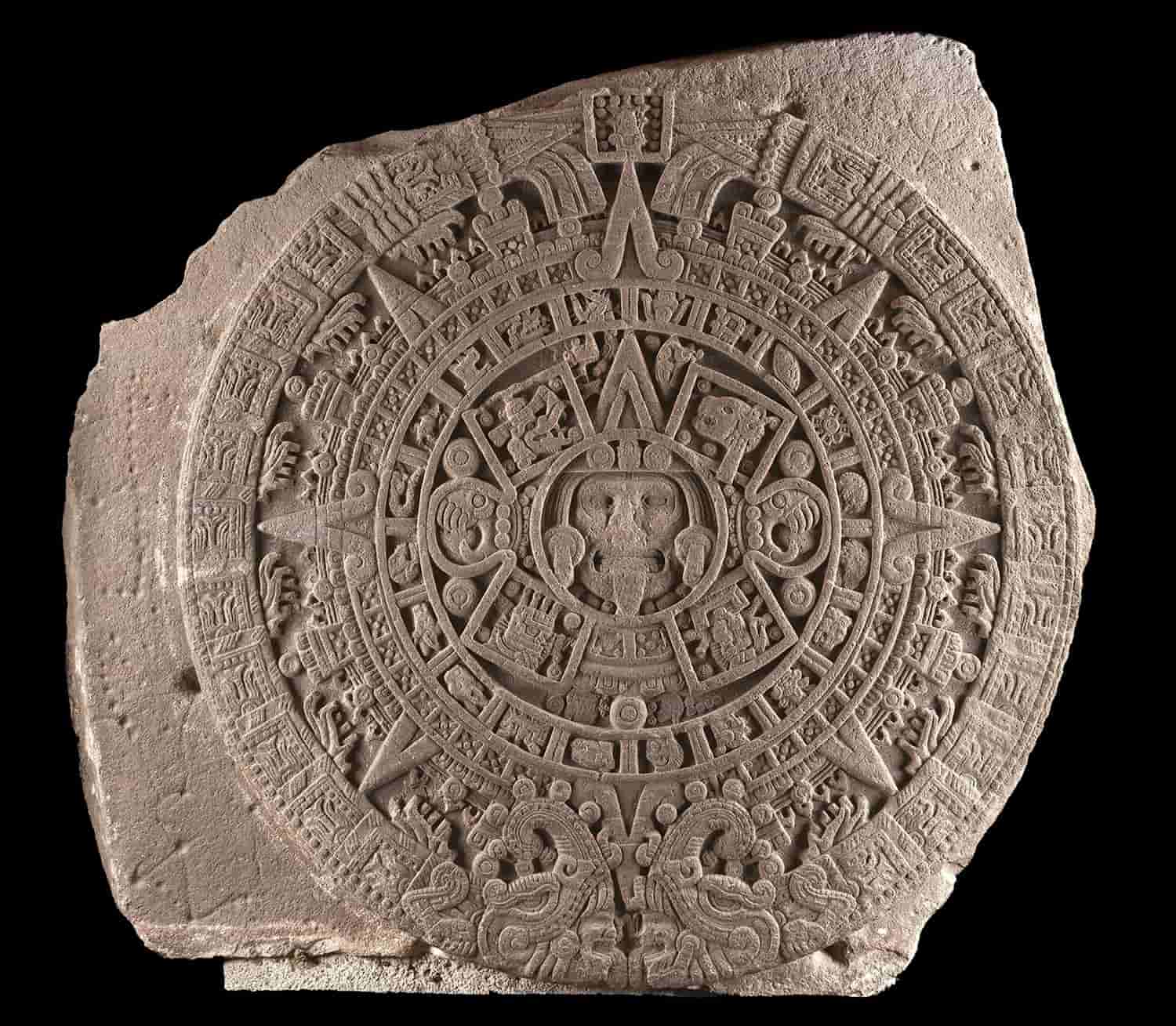
Towards the 15th century, when these people reached their maximum development and splendor, the symbology that defined each deity was structured, hence the sculptures that represent images of their gods are integrated into clearly defined symbolic groups. The images related to death and the underworld present individuals with skeletal bodies, stark faces, matted hair, and hands like the claws of ferocious animals in an attitude of attack. They imagined that these beings ruled the underworld, that dark destiny of the final journey, where we lose our skin and only our bones remain.
Tlaloc, the ancestral deity of rain, wears his impressive fantastic mask with blinkers and intertwining noses and a majestic mouth with huge curved fangs in the manner of an ophidian. This god was associated with other natural phenomena such as lightning and thunder and the people believed that the god kept water, a precious liquid, in sacred pots carved in volcanic rocks and decorated with the fantastic mask of Tlaloc.
Mexica sculpture, when dealing with religious themes, defines the gods by its iconographic program, which is also seen in other regions of Mesoamerica as an artistic style taken to sites conquered or influenced by Tenochtitlan. The Mexica used as a fundamental artistic pattern in their sculptural production the human figure, with which they achieved a portrait of their society.
These people considered that the ideal stage of man was a youth because it brought together physical strength and reproductive potential; most of the sculptural images thus represented the men and women of Mexico-Tenochtitlan. Undoubtedly, it is through the monumental stone sculptures of the Mexica that one can identify with the indigenous ancestors who laid the foundations of the nation's nationality.
Source: SOLÍS, Felipe, Tesoros Artísticos del Museo Nacional de Antropologia ("Artistic Treasures of the National Museum of Anthropology").


